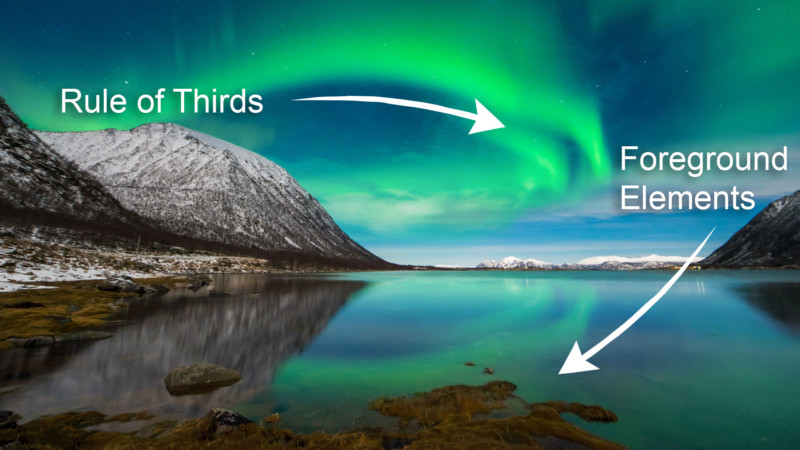How to Find and Photograph the Northern Lights
![]()
The northern lights, otherwise known as aurora borealis, are the winter-time spectacle that sees northern skies filled with incredible dancing lights. Caused by the interaction of photons exciting the gas molecules in Earth’s atmosphere, they can appear as green, pink, or blue. Photographing them is near the top of almost all photographers’ wish lists, but getting a good shot is decidedly difficult.
The earth’s magnetic field forms poles in the north and south, but seeing that most of the Antarctic is uninhabited, I’ll be discussing the northern lights exclusively here, but the same principles can be applied to the southern lights (aurora australis) should you find yourself down there.
As a photographer who’s been lucky enough to photograph them more times than I can count, I’ve traveled around the world in search of this holy grail of astrophotography. Of course, there’s a certain amount of luck involved as it’s incredibly difficult to pinpoint when and where the northern lights will display, but there’s also a lot of preparation you can do to ensure you maximize your chances of getting a photo. I’ll be taking you through this prep and pointing out some key bits of kit you’ll need before setting off. Plus, I’ll also discuss the best camera settings to use for northern lights photography. So let’s take a look at how to find them.
Search for Clear, Dark Skies
First off, if you think you’re going to capture the northern lights from an equatorial country, think again. The best locations are around or inside the arctic circle. That makes countries such as Iceland, Northern Norway, Sweden, Finland, Canada, Greenland, Russia and USA ideal. Although, when there’s an intense solar storm it has been known to be seen as far south as the Caribbean (check out the Carrington event of 1859) but that’s a rare occurrence.
Track the weather. Use a forecasting service such as the MetOffice, or Accuweather to find when clear skies are expected in your chosen location. It won’t matter how strong the aurora is if there’s a bank of cloud covering it up.
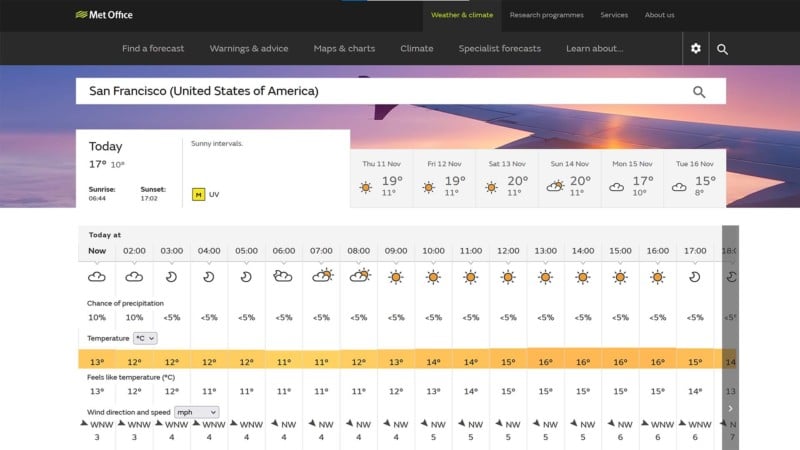
Map out the darkest skies by using a site like Dark Site Finder or visit the International Dark-Sky Association to avoid places with light pollution. Generally though, the closer you are to a built up area or city, the more light pollution will occlude your views. When you have clear skies look for the aurora due north. A thin band of green is quite common in the north but can be seen all over when there’s a good display.

Keep your finger on the solar pulse. Download an aurora forecasting app such as My Aurora Forecast (iOS or Android) which can tell you the Kp strength of expected auroras and give notifications on when you should head out to shoot. Alternatively, use the Space Weather Prediction Center for short-term forecasts and aurora models. There are also some dedicated aurora tracking Twitter accounts that tweet when there’s a possibility of viewing aurora.

Bringing the Right Gear
Once you’ve found the right spot and made sure skies are clear, you’re ready to start shooting. But there are some essential pieces of kit that you’ll need before you can capture the dancing lights.
- Due to the cold northern climes, you’ll need to wrap up warm. A hat, gloves, and boots are essential when standing out in cold temperatures and remember to layer up.
- A DSLR or mirrorless camera capable of shooting at high ISO sensitivities with minimal image noise is imperative. Generally, larger image sensors are better. Especially ones that don’t have too many pixels, because higher megapixel sensors can introduce more image noise. Look for full-frame image sensors, or cameras specifically designed for astrophotography such as the Canon Ra.
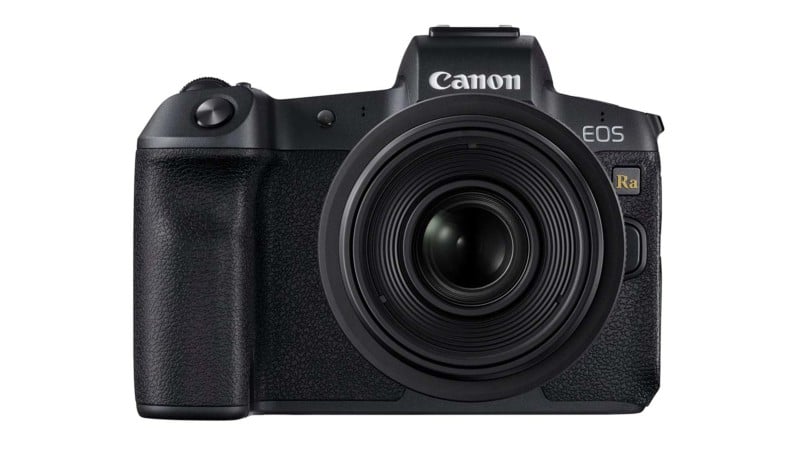
- A lens with a wide maximum aperture is useful for maximizing the light coming into the camera. Aim for f/2.8 or wider, but beware of shooting too wide due to optical issues such as softness in the edges of the frame and heavy vignetting. Wide-angle lenses are often used because people want to capture a wide vista with the aurora dancing overhead in the sky. Wide-zooms with wide constant apertures are ideal because they offer the ability to recompose scenes without having to move the camera.

- A sturdy tripod is a must. Check the payload for the kit you aim to shoot on and try not to exceed it. A good ball-head is imperative too, as you can compose the scene in any direction or orientation quickly and you can shoot straight up into the sky.
Accessories That Help But Aren’t As Essential
There are a few pieces of kit that can make photographing the northern lights much easier, but you can get away without them. Think of it more as a list for those who’ll head out frequently during the winter months to capture the northern lights.
- An external shutter release is good. Shooting the aurora you’ll be using long exposure times so you need to trigger the camera without touching it or risk camera shake blur. Wired releases are cheaper but wireless are better because there’s literally no physical connection with the camera and so you avoid camera shake much better.
These days, many DSLR and mirrorless cameras have internal intervalometers allowing for multiple photographs to be taken in succession without the need to re-press the shutter release. But for camera models that don’t have this feature you can get an intervalometer release like the Hahnel Captur with built-in timers and interval settings, even settings for timed long exposures.
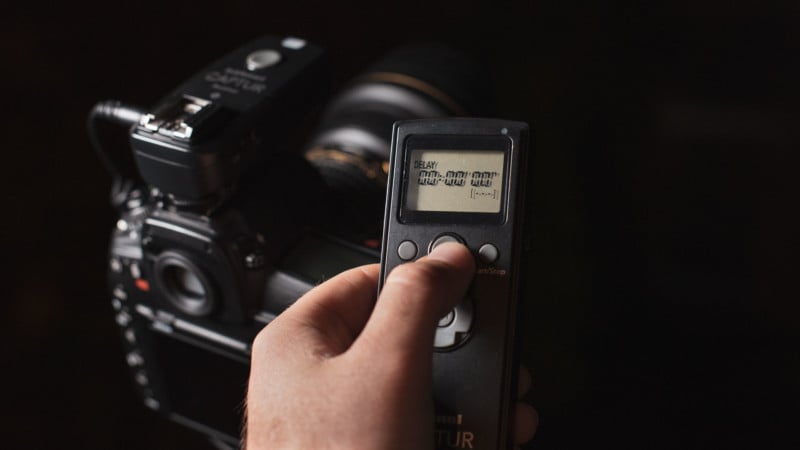
- When moving glass from warmer to colder conditions (such as taking your kit from the house outside, or getting it out of the car) it has a tendency to fog up due to condensation. Fortunately, you can invest in a lens warmer that sits around the barrel of the lens to keep it warm and avoid fogging. This is especially useful during long shoots.
- A head torch (or head lamp) allows for hands-free use of your camera kit. Look for a head torch that emits red light – this lower wavelength light will disrupt your night vision much less than white light, allowing you to see in the dark better.
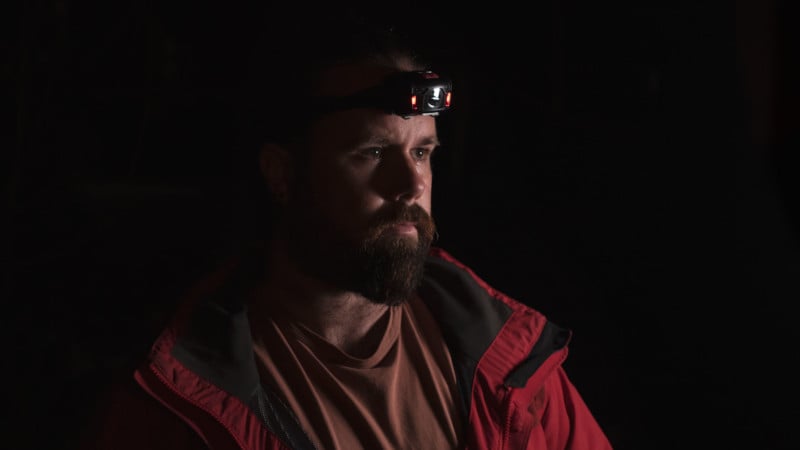
- Cameras with optical viewfinders, like DSLRs, might need a viewfinder cover. Ambient light can enter the optical viewfinder and skew metering and exposure of shots, so a cover can remove this problem. Some cameras, such as the Nikon D850, have this built-in.
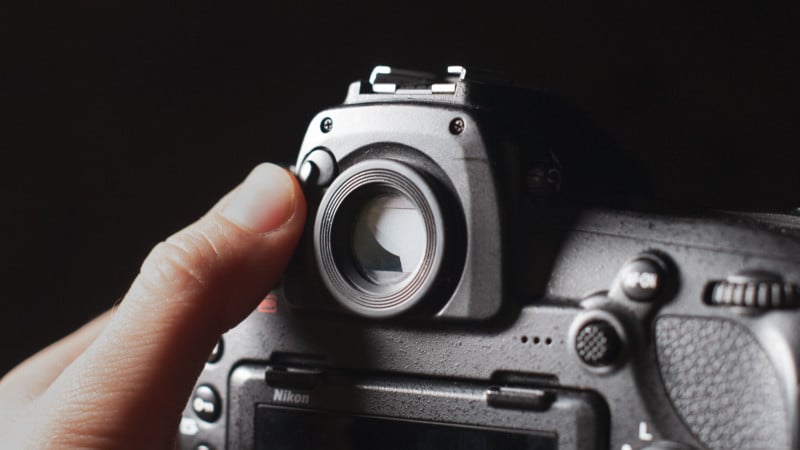
How to Focus In the Dark
Typically, autofocus struggles to work in the dark, and will hunt back and forth and usually end up giving you a blurry photo. That’s why it’s important to take control and use manual focusing techniques to ensure everything is tack-sharp.
- First off, engage live view and search for a bright star or failing that, a distant light.
- Zoom in on the screen and switch the lens or body to manual focus.
- Rotate the focus ring until the light or star is as small and pin-sharp as possible. I often find that point, go past it slightly, and bring it back. I might rock back and forth on the focus ring a few times until I’m absolutely sure it’s as sharp as can be.
- Alternatively, if you’re shooting astrophotography on longer focal lengths or telescopes the best way to attain good focus is by using an astrophotography mask, like a Bahtinov mask. These masks act more like a lens filter and sit on the front element of your lens (or telescope if you’re using one). It has a gridded array that produces a starburst effect which, when fully focused, aligns across a star perfectly.
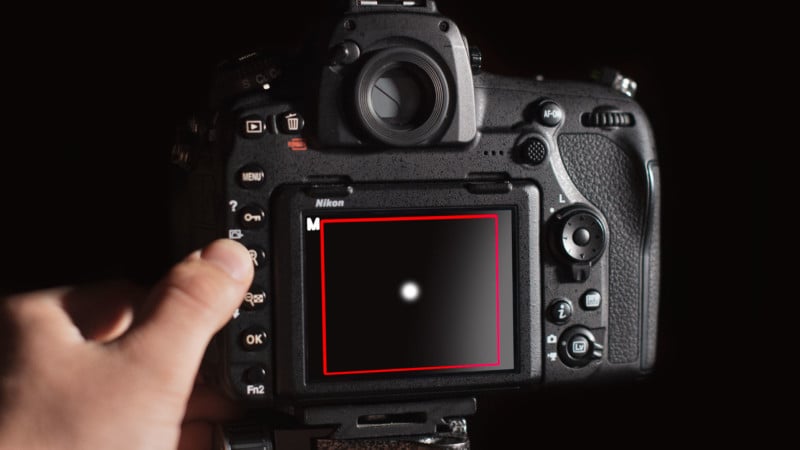
Ideal settings for capturing the northern lights
Below are some top camera settings tips for when you head out shooting the northern lights next. But be aware that light conditions and sky darkness influence the optimum settings for your particular photoshoot. As a result, these are just starting points and you’ll need to adjust them accordingly.
- Place the camera on a tripod and compose your scene via the viewfinder or live view screen. Then focus up as above.
- The aperture should be set as open as possible: for example, f/2.8.
- ISO should be between 1000-4000 depending on the brightness of the aurora and the foreground.
- Shutter speed should be between 1-15 seconds. Any longer than this and you risk blurring the aurora as it dances through the sky. The length of exposure really depends on how defined the aurora display is, and whether it’s moving much in the sky.
- More definition and movement requires shorter exposure times to capture it.
- Release the shutter with an external shutter release if possible, but if that isn’t an option use an exposure delay mode, or a self-timer.
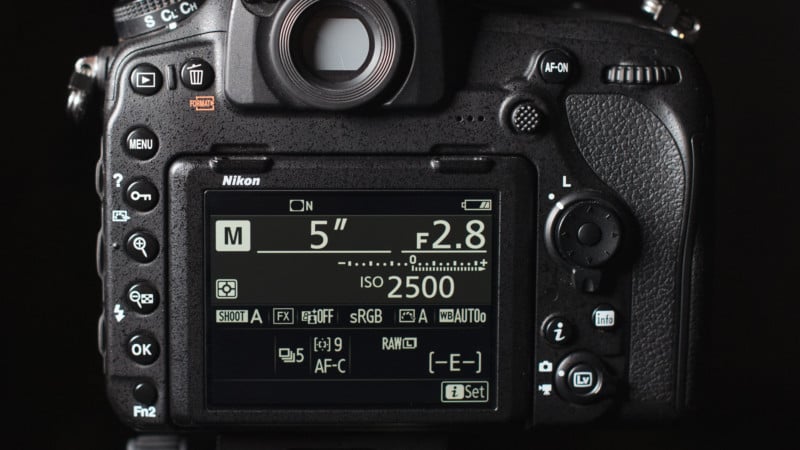
Tips For Composition
Shooting a hundred photos of the sky may well record some northern lights, but without sufficient context, it makes for dim viewing. That’s why it’s important to use some compositional framework to compose your shots.
- Try to put something in the foreground that adds context to the scene. For example, a dark row of boreal forest in the lower third of the frame would depict location but also allow enough space in the frame to display the aurora fully.
- Experiment with vertical and horizontal orientations. Especially if the northern lights drift in one particular direction (either straight overhead, or parallel with the ground).
- If in doubt, use the rule of thirds to split the sky and landscape up into manageable sections. Try to place subjects of particular interest (such as trees in the foreground, or the best part of the aurora) along the intersections.
